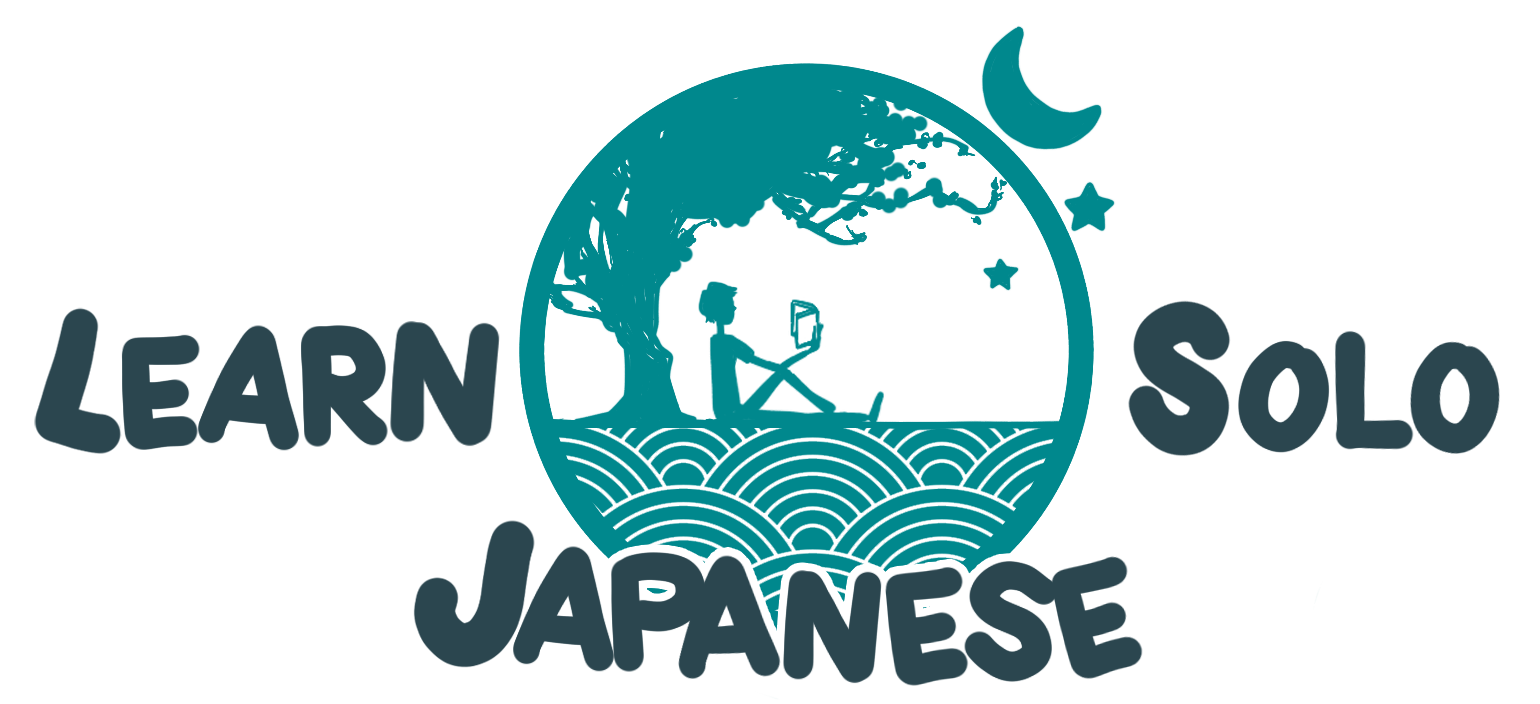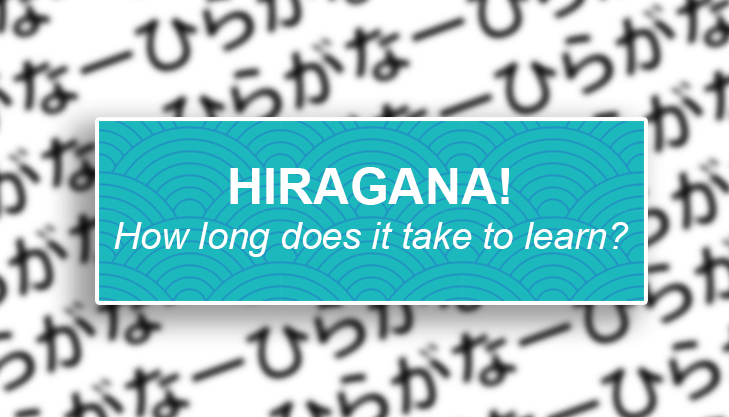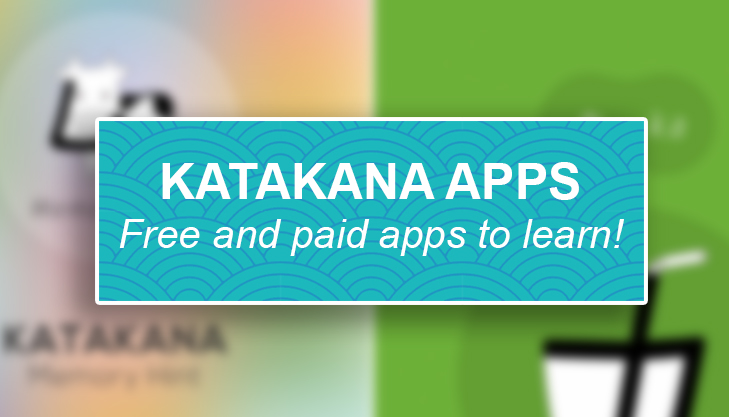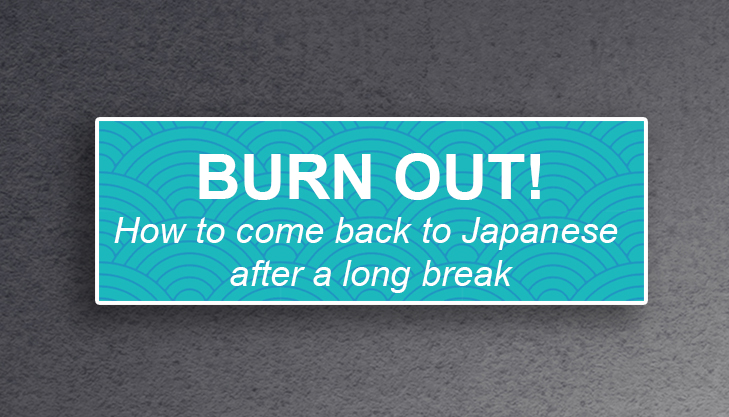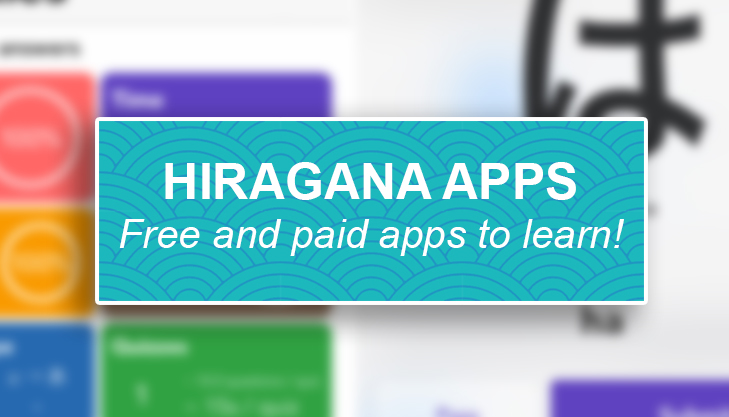The question of how long it takes to learn hiragana is a bit like asking how long a piece of string is. It really depends on how good you are at learning and how quickly you want to go.
The average beginner takes around 1 month to learn both Hiragana and Katakana combined. If you study diligently though, you could definitely learn hiragana in just a couple of days.
Hiragana is the starting point of the Japanese alphabet. It’s a character system where each shape corresponds to a sound. If you understand hiragana, you can spell and say any Japanese word. The base alphabet comes with 46 characters along with some modifiers that change the sounds a bit.
So how can you learn hiragana in the most effective way and avoid the pitfalls? Let’s take a look further into it and I’ll give you my best tips so you don’t waste any time!



The first step to study is to put down that gigantic clock and open a book.
What is the best way to learn hiragana?
The most effective way to learn hiragana is to use visual mnemonics. Mnemonics are stories that stick in your mind and remind you what the character is supposed to look like and mean. Hiragana is a visual alphabet so we use visual mnemonics to remember them. That means looking at the shape of the hiragana and coming up with a story about something that it kind of looks like.
When I was learning Japanese in highschool, our teacher was really fond of using the mnemonic “She brushes her long hair.” for the hiragana character “shi”. You can picture the shi character as the long hair of a pretty girl with a flick at the end. The girl is brushing her hair in time with the way the sentence is said and it makes a shhh sound as she goes.
The reason that has stuck with me for close to 20 years is because it contains several important elements:
- An easy picture in your head of what the hiragana looks like (a girl’s long hair with a flicked end)
- Short and catchy sentence
- Emphasis on how the character is supposed to be pronounced (she/shi)
Mnemonics work by linking the new information (character shape and name) to as many senses as possible so it sticks. The weirder the mnemonic is, the more likely it is to stick in your brain.
Lots of learning apps have their own mnemonics and they are great resources. That said, I’ve found the most effective ones are the ones I make up about things, places and people in my every day life. Still, the crazier the better!
How often should you study?
There are 46 basic characters in the hiragana alphabet, if you were to learn 10 of them per day it would only take you 5 days to memorise them all!
For some beginners, it can be tempting to just learn them all at once but that’s not a good way to retain information. Ideally you want to learn a few characters every day, revise them, then revise the ones you learned the day before. This will make sure they stick in your memory.
At the beginning you don’t want to be overwhelmed so it’s best to only study for around 40 minutes per day.
This should give you plenty of time to get through 10 hiragana and test yourself on the previous ones you’ve learned.
Should you study hiragana and katakana at the same time?
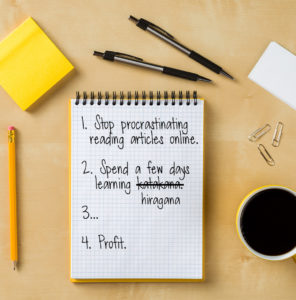


Hiragana knowledge is only a few steps away!
Some study methods recommend studying both hiragana and katakana together at once. This is definitely an interesting approach but I think it’s better to do them separately so you don’t get them confused.
I recommend starting with hiragana and then progressing to katakana. Hiragana is used more often in Japanese and has (arguably) more easy to recognise shapes in the characters.
The benefit of studying hiragana first is that you will have a solid understanding of the character sets and sounds before tackling katakana.
What are common mistakes people make when studying hiragana?
It’s easy to make mistakes and get discouraged when you’re learning a new language so here are the top mistakes I see people making and how to avoid them:
Learning everything all at once.
This is a quick way to burn out and not actually retain any information. As much as you want to dive right in and learn EVERYTHING, set some realistic goals and save some for tomorrow!
Not revising the characters they learned before.
You will need time to test yourself and make sure you can remember the previously learned characters. Make sure to set aside time at the beginning of each lesson to check your progress.
Using digital flash cards and never writing anything down.



Another common mistake is the crumple all of your study papers into balls and throw them away.
These days we don’t use old fashioned pens and paper much but writing things down can be a really important part of learning. Writing the characters helps your brain make connections with the shape. The more ways you can see the character, the more easy it will be to recall.
Pronouncing using your native tones.
Self study has lots of advantages but one of the disadvantages is that there’s no one there to tell you if you’re pronouncing things incorrectly! To help this you should make sure to include listening sources from native speakers in your study. Listen to the character being pronounced and then do your best to mimic the speaker. Don’t just assume the syllables sound the same in your native language!
Stopping after hiragana.
You finished hiragana? Start on katakana right away and then kanji after that! Japanese is a massive undertaking and if you stop right after hiragana it’s hard to get the study momentum going again. Hiragana is the first step on the way to Japanese fluency so keep up the good work!
What are good resources to learn hiragana?
Now you’re ready to get down to learning, here are some good apps and resources for learning hiragana!
- Anki – Super customisable flash cards.
- Realkana – App and web version flash cards.
- Dr Moku – Flash cards with good mnemonics
Time to get studying!
So now you know that hiragana isn’t as scary as it seems, you can learn it in a couple of days easily!
If you’re finished with hiragana, head to my katakana guide or read up on tips to make learning kanji fun.
